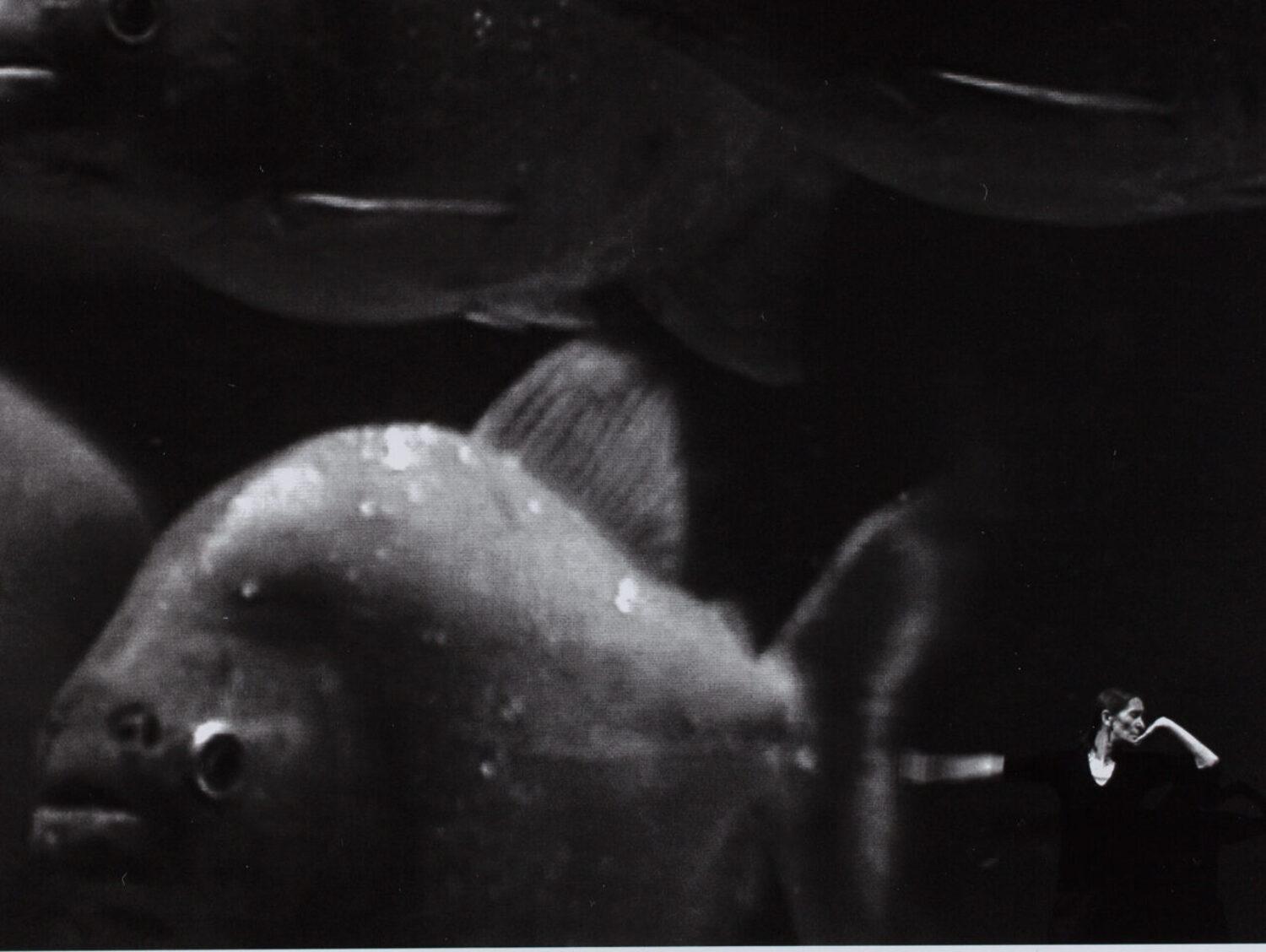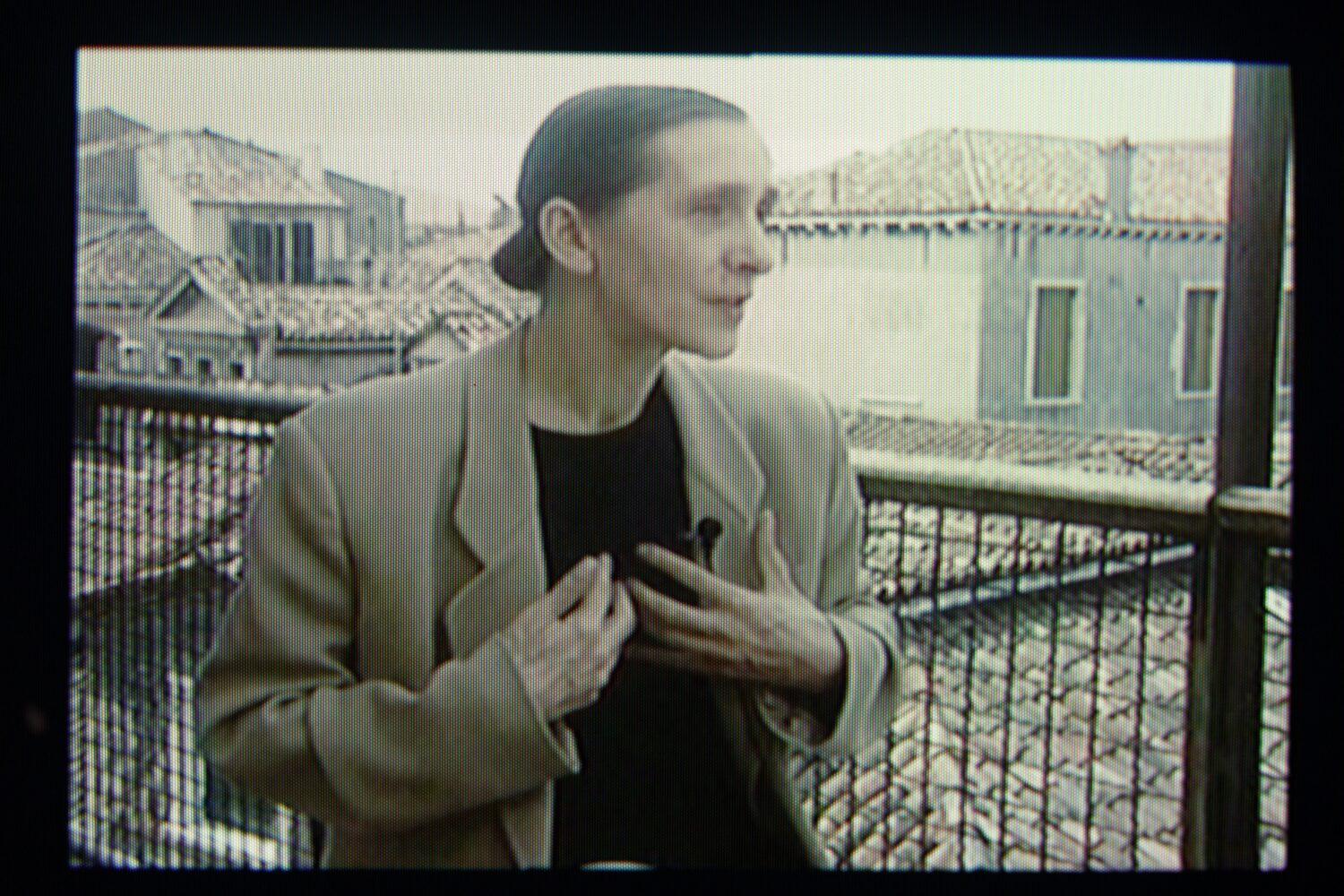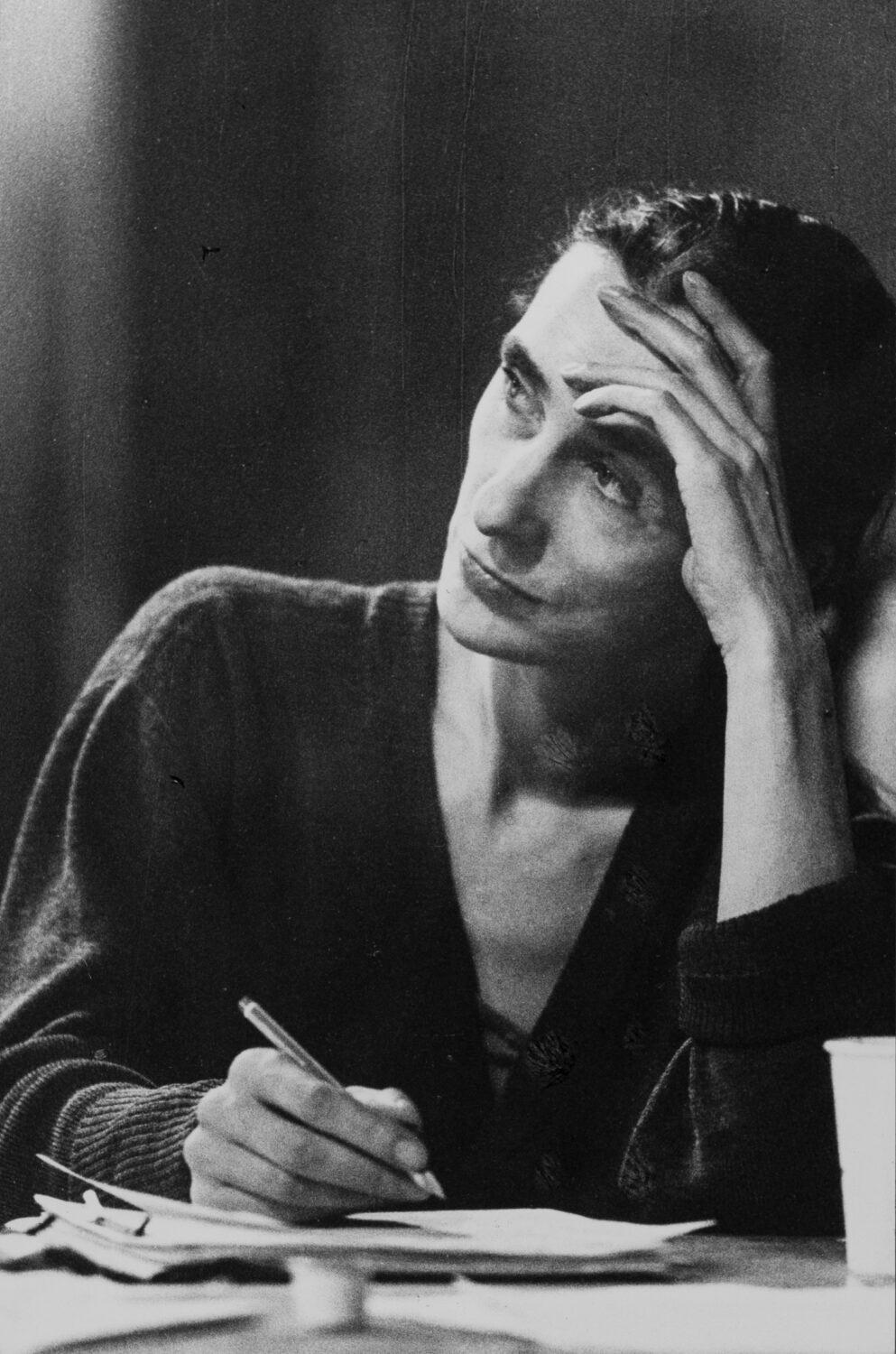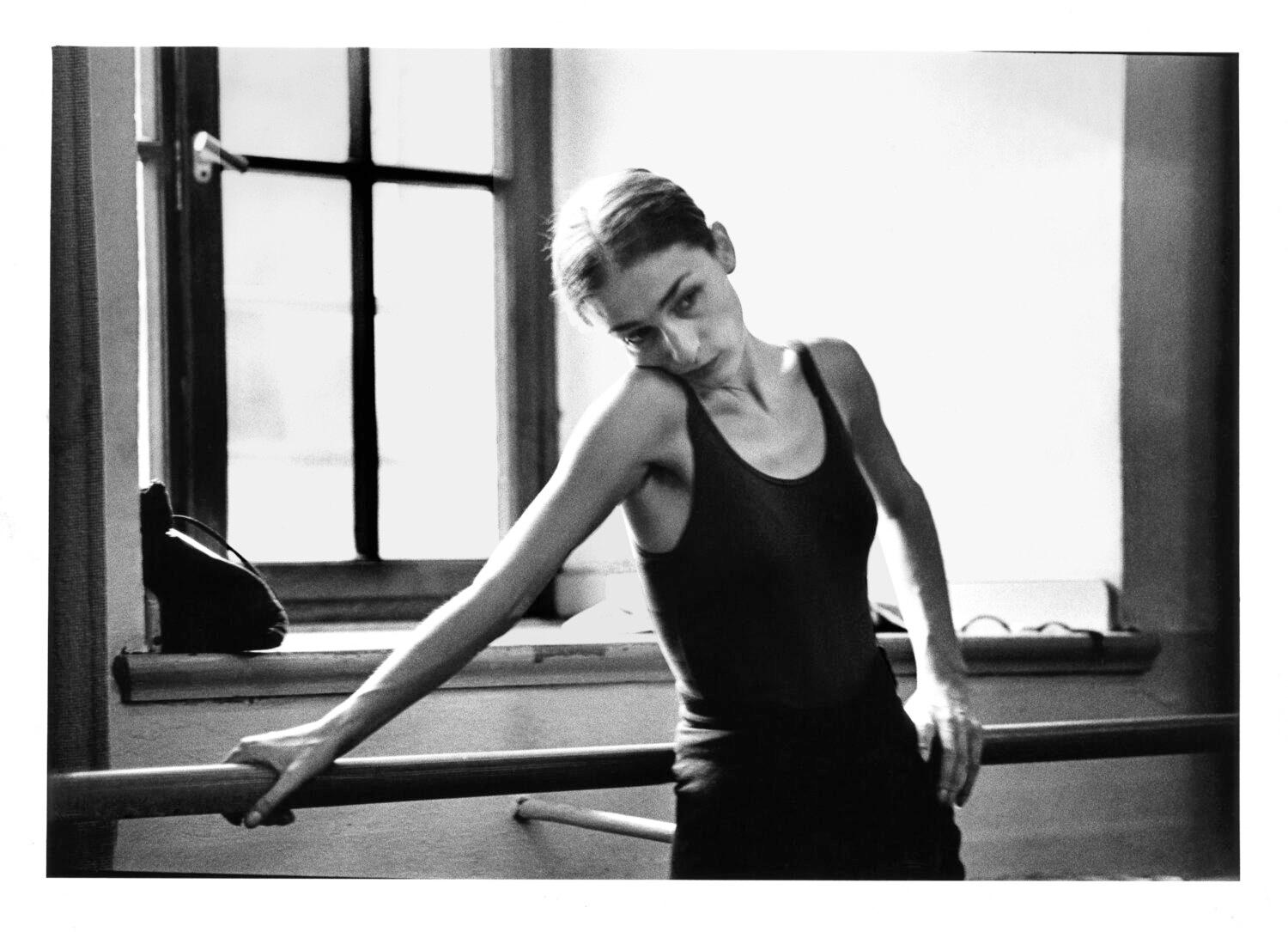Pina Bausch
Biography
Pina Bausch
Born July 27th, 1940 into a publican family in Solingen, she discovered her love of dance at an early age and joined children’s ballet classes where her talent was recognised. In 1955 she began a professional dance education at the Folkwang School in Essen, led by Kurt Jooss, a pioneer of the revolutionary 1920s/30s German movement Ausdruckstanz (‘expressive dance’), completing the course in 1959. The most important values she took from her work with Jooss were ‘honesty and precision’, as she later put it: honesty in approaching reality and precision in developing form. After two years in New York, initially with a scholarship for the renowned Juilliard School of Music, then as a dancer at the New American Ballet and at the Metropolitan Opera House Ballet, she returned to Essen in 1962 on Jooss’ request as a soloist at the newly founded Folkwang Dance Studio. Here she worked with Jooss, Antony Tudor, Lucas Hoving, Hans Züllig and above all Jean Cébron. At the end of the 1960s she gained attention with her first choreographies, including Im Wind der Zeit (‘in the wind of time’), for which she won first prize in the Cologne choreography competition.
Wuppertal
It was Arno Wüstenhöfer, the new director of the Wuppertaler Bühnen (Wuppertal’s combined municipal performing arts venues), who hired Pina Bausch as choreographer there, starting in the 1973/74 season. The times had changed. The new Regietheater (direction-orientated rather than text-based theatre) in Germany had altered expectations of dance too. It needed to be closer to real life, to develop new forms. Pina Bausch changed the name of her ensemble from ‘ballet’ to ‘Tanztheater’ (‘dance theatre’). The clue was in the title. She tested out every possible genre, called her pieces ‘dance opera’, ‘revue’, even ‘operetta’ and began combining means of expression from both dance and theatre. Her choreographic language was unequivocal, clear. Together with her life partner Rolf Borzik, who created the costumes and sets until his death in 1980, she created a new aesthetic. Later she continued this work with Peter Pabst (sets) and Marion Cito (costumes). Together with her musical colleagues Matthias Burkert and Andreas Eisenschneider she continually sought out new, unusual music for her freely collaged pieces, which used poetic images and dances to address the fears and desires which drive human beings. The search for love, affinity and security became a central motif of her oeuvre, for which she developed new working methods. She asked her dancers questions, 800 to 1000 during the research and development on each piece, and out of 40 to 50 of the answers she composed her highly emotional, moving excursions into the inner realms of desire. Here too, she was to rewrite dance history.
By the time of her death, in 2009, she had created over 50 works and achieved world recognition for her art. Despite criticism at the start, she succeeded in establishing dance theatre as a new genre, influencing the development of dance internationally. She was awarded the greatest prizes and honours worldwide for her revolutionary redefinition of dance. Few other twentieth century choreographers were able to open up new freedoms for dance as she did, liberating it from its shackles with ‘superficial beauty’ and leading it towards real life. Her ground-breaking style remains influential to this day.
Text by Norbert Servos
Translated by Steph Morris
Gallery
Piece creation
Choreography
Choreography
Choreography
Choreography
Choreography
Choreography
Choreography
Choreography
Choreography, Set and costume design
Choreography
Choreography
Choreography
Choreography
Choreography
Choreography
Choreography
Choreography
Choreography
Direction and choreography
Direction and choreography
Direction and choreography
Choreography
Direction and choreography
Direction and choreography
Direction and choreography
Direction and choreography
Direction and choreography
Direction and choreography
Direction and choreography
Direction and choreography
Direction and choreography
Choreography
Direction and Choreography
Direction and choreography
Choreographed, written and directed by
Direction and choreography
Direction and choreography
Direction and choreography
Direction and choreography
Direction and choreography
Direction and choreography
Direction and choreography
Direction and choreography
Direction and choreography
Direction and choreography
Direction and choreography
Direction and choreography
Direction and choreography
Direction and choreography
Direction and choreography
Direction and choreography
Direction and choreography
Direction and choreography
Direction and choreography
Direction and choreography
Direction and choreography



